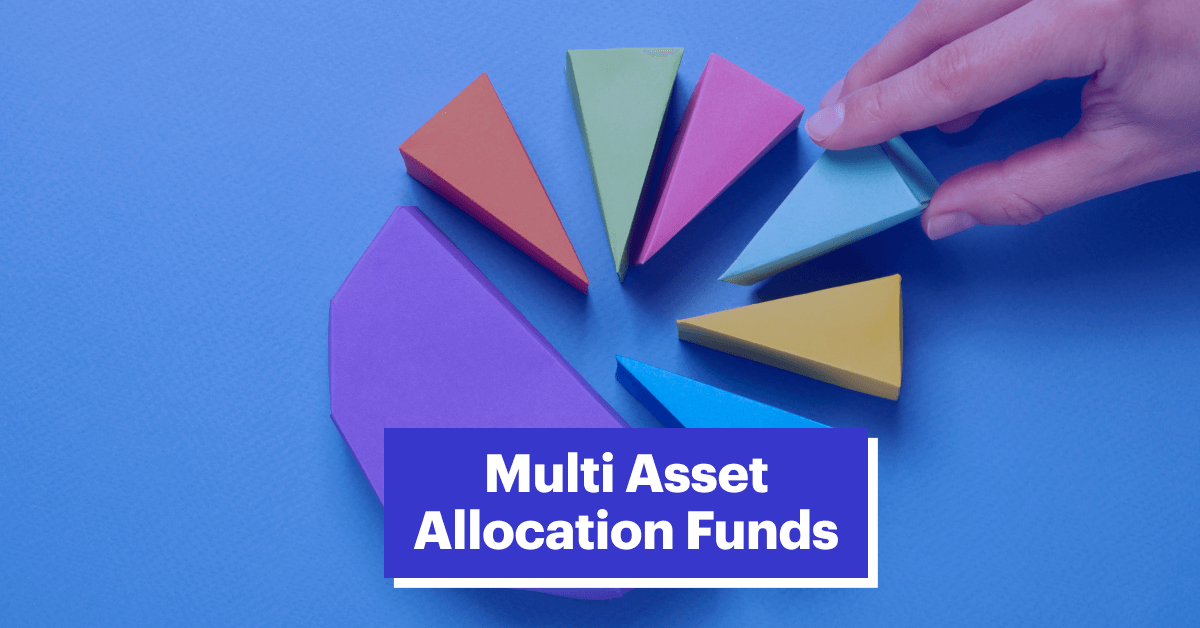Did you know nearly 60% of Americans don’t have enough savings to cover a $1,000 emergency? That startling fact highlights how easily unexpected expenses can derail financial stability. If that statistic makes you nervous, you’re not alone. The good news? Taking control of your finances doesn’t require complex strategies or a finance degree. It starts with mastering the fundamentals. That’s exactly what these practical WHEON.COM finance tips are all about – giving you straightforward, evidence-based advice to build a more secure and prosperous future, starting today.
Why Trust These WHEON.COM Finance Tips?
You’re bombarded with financial advice everywhere. What makes this different? We focus on practical, consumer-tested strategies that real people use successfully. Forget get-rich-quick schemes. We’re talking proven methods for budgeting, saving, managing debt, and investing wisely – all explained clearly, without the confusing jargon. Think of this as your friendly roadmap to financial wellness.
Building Your Budget: The Foundation of Financial Control
Think of your budget as your financial GPS. It tells you where your money is going and helps you navigate towards your goals. Without one, it’s easy to get lost and overspend.
- Choose Your Method: Find one that fits your life:
- 50/30/20 Rule: Allocate 50% to Needs (rent, groceries, utilities), 30% to Wants (dining out, hobbies), and 20% to Savings/Debt Payoff. Simple and effective.
- Zero-Based Budgeting: Give every single dollar a job (expenses, savings, debt) so income minus outgo equals zero. Offers maximum control.
- Envelope System: Use physical cash for spending categories. When the “Dining Out” envelope is empty, you’re done. Great for visual learners and curbing overspending.
- Track Religiously: Use apps (Mint, YNAB, EveryDollar), spreadsheets, or pen and paper. Record everything for at least a month to see your true spending patterns. (Imagine a bar chart here showing a typical spending breakdown before and after budgeting – the “After” would show reduced discretionary spending and increased savings.)
- Be Realistic & Flexible: Don’t set impossible limits. Your budget is a living document – adjust it as life changes (raises, new expenses).
Your Financial Safety Net: The Emergency Fund
That scary $1,000 emergency stat? An emergency fund is your shield. It prevents unexpected car repairs or medical bills from forcing you into high-interest debt.
- Start Small, Aim Big: Begin with a mini-goal of $500 or $1,000. Once achieved, build towards 3-6 months’ worth of essential living expenses.
- Make It Accessible (But Not Too Accessible): Keep this money in a separate, high-yield savings account. You want it available quickly, but not so easy to dip into for non-emergencies.
- Automate It: Set up automatic transfers from checking to savings right after payday. Treat it like a non-negotiable bill. Even $25 per paycheck adds up!
- What’s a Real Emergency? Job loss, major unexpected car repair, essential home fix, significant medical bill. Not a vacation sale or a new gadget.
Tackling Debt: Strategies to Break Free
Debt, especially high-interest credit card debt, can feel like an anchor. Here’s how to lighten the load:
- Know What You Owe: List all debts: balances, interest rates, minimum payments. Seeing the full picture is the first step.
- Choose Your Attack Plan:
- Debt Avalanche: Pay minimums on all debts except the one with the highest interest rate – throw every extra dollar at that one. Mathematically the fastest way to save on interest. (Picture a chart comparing total interest paid using Avalanche vs. Snowball – Avalanche wins.)
- Debt Snowball: Pay minimums on all debts except the one with the smallest balance – focus on paying that off first. The psychological win of quick victories fuels motivation.
- Consider Consolidation (Carefully): A balance transfer card (0% intro APR) or a personal loan can simplify payments and lower interest. Crucial: Have a plan to pay it off before the intro rate expires or the loan term ends. Stop using the cards you consolidate!
- Negotiate Rates: Call your credit card company. A simple phone call asking for a lower APR can sometimes work, especially if you have a good payment history.
Credit Health: Your Financial Reputation
A strong credit score opens doors to better loan rates, lower insurance premiums, and even apartment approvals.
- Pay On Time, Every Time: Payment history is the biggest factor in your score. Set up autopay for minimums at the very least.
- Keep Credit Utilization Low: Aim to use less than 30% of your total available credit limit across all cards. Lower is even better. Paying down balances mid-billing cycle can help.
- Think Twice Before Closing Old Accounts: Length of credit history matters. Keep older accounts open (even if you rarely use them) unless they have high fees.
- Check Your Reports Regularly: Get free reports at AnnualCreditReport.com. Dispute any errors immediately – mistakes happen! You might wonder, “Does checking my own score hurt it?” No! That’s a soft inquiry and doesn’t affect your score.
Low-Cost Long-Term Investing: Grow Your Future Wealth
You don’t need a fortune to start investing. Thanks to technology, building wealth is accessible to everyone.
- Start Early & Be Consistent: Time is your biggest ally thanks to compound growth. Even small, regular contributions add up significantly over decades.
- Embrace Index Funds & ETFs: These passively track markets (like the S&P 500) and have very low fees (expense ratios). They provide instant diversification and historically solid returns. Think Vanguard, Fidelity, Schwab.
- Utilize Tax-Advantaged Accounts First:
- 401(k)/403(b): Especially if your employer offers a match – that’s free money! Max this out if possible.
- IRA (Traditional or Roth): Offers tax benefits. Roth IRAs (contributions made after-tax, growth & withdrawals tax-free in retirement) are fantastic for young investors expecting to be in a higher tax bracket later.
- Automate Investments: Set up automatic contributions from your paycheck or checking account. “Set it and forget it” reduces the temptation to time the market.
- Keep Fees Ultra-Low: High fees eat into your returns over time. Compare expense ratios – even a 0.5% difference adds up to tens of thousands over decades. (Visualize a line graph showing the growth of $10,000 over 30 years at 7% return with a 0.1% fee vs. a 1% fee – the difference is staggering.)
- Stay the Course: Ignore market noise and panic. Focus on your long-term plan. Investing is a marathon, not a sprint.
Common Money Mistakes to Sidestep
Even with the best intentions, pitfalls exist:
- Not Having a Budget (or Ignoring It): Flying blind financially.
- Skipping the Emergency Fund: Inviting debt when life happens.
- Only Paying Minimums on Debt: Staying stuck in the interest trap forever.
- Chasing “Hot” Investments: Speculating instead of steady investing.
- Neglecting Retirement Savings: Assuming you’ll “catch up later.”
- Paying High Fees: Letting Wall Street take too big a bite.
- Not Checking Credit Reports: Allowing errors to linger and damage your score.
Your Next Steps: Putting WHEON.COM Finance Tips into Action
Knowledge is power, but action creates results. These WHEON.COM finance tips are your toolkit. Don’t try to overhaul everything overnight. Start small:
- Pick ONE Area: Choose the section above that resonates most (e.g., set up your emergency fund transfer today).
- Implement Immediately: Take one concrete action within the next 24 hours.
- Automate What You Can: Make saving, investing, and bill payments effortless.
- Track Your Progress: Celebrate small wins! Seeing improvement is motivating.
- Review & Adjust Quarterly: Life changes; your financial plan should too.
What’s the one financial habit you’ll commit to changing this week? Share your goal in the comments below – let’s support each other!
Building financial security is a journey, not a destination. By consistently applying these practical, evidence-based WHEON.COM finance tips, you’ll gain confidence, reduce stress, and steadily build the future you deserve. Start today!
You May Also Read: Fintechzoom.com FTSE 100: Your Real-Time Gateway to London’s Blue-Chip Powerhouse
FAQs
I live paycheck to paycheck. How can I possibly start saving?
Start incredibly small! Aim for $5 or $10 per paycheck automatically transferred to savings. Analyze your budget for any non-essential spending (daily coffee, subscriptions) you can redirect. Every dollar counts.
Is a balance transfer card really a good idea for credit card debt?
It can be, if: You get a good 0% intro APR offer (12+ months), understand the transfer fee (usually 3-5%), and have a solid plan to pay off the entire transferred balance before the intro period ends. Stop using the old cards!
What’s a “good” credit score, and how fast can I improve mine?
Generally, 670+ (FICO) is “good,” 740+ is “very good,” 800+ is “excellent.” Significant improvements (like fixing errors or paying down high balances) can show in 1-2 billing cycles. Building long-term history takes consistent good habits over time.
I only have $50 a month to invest. Is it even worth it?
Absolutely! Thanks to compound growth, starting small and early is powerful. $50/month invested with an average 7% annual return grows to over $25,000 in 20 years. The key is starting and being consistent.
What’s the difference between an ETF and an index fund?
Both offer low-cost diversification. Index funds are mutual funds priced once daily. ETFs trade like stocks throughout the day. For long-term investors buying and holding, the difference is minimal; focus on low fees and broad market exposure.
How do I know if my 401(k) fees are too high?
Check your plan documents! Look for the “expense ratios” of the funds you’re invested in. Anything above 0.50% for broad index funds is worth scrutinizing. High fees (1%+) significantly erode your long-term returns.
Should I pay off debt or invest first?
Generally, prioritize:
- High-interest debt (credit cards > ~7% APR).
- Getting any employer 401(k) match (it’s free money!).
- Building a small emergency fund ($500-$1000).
- Then split efforts between paying off lower-interest debt and investing more.










